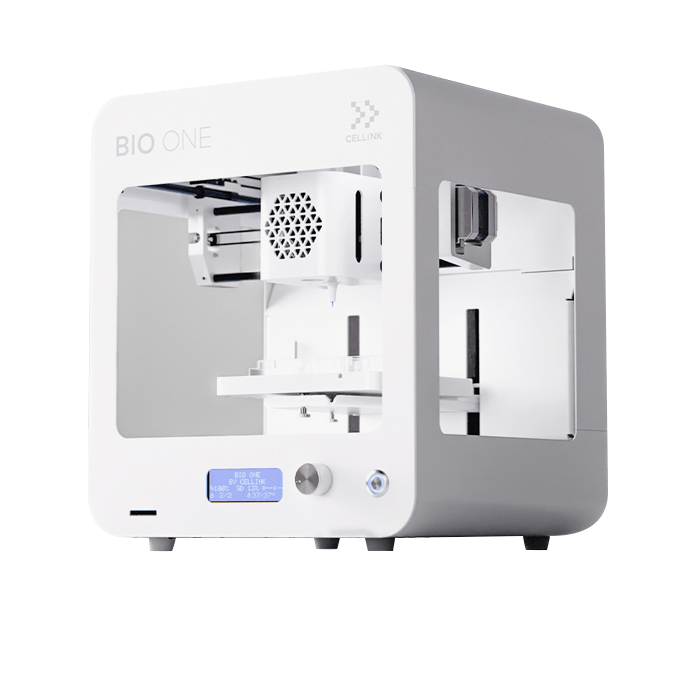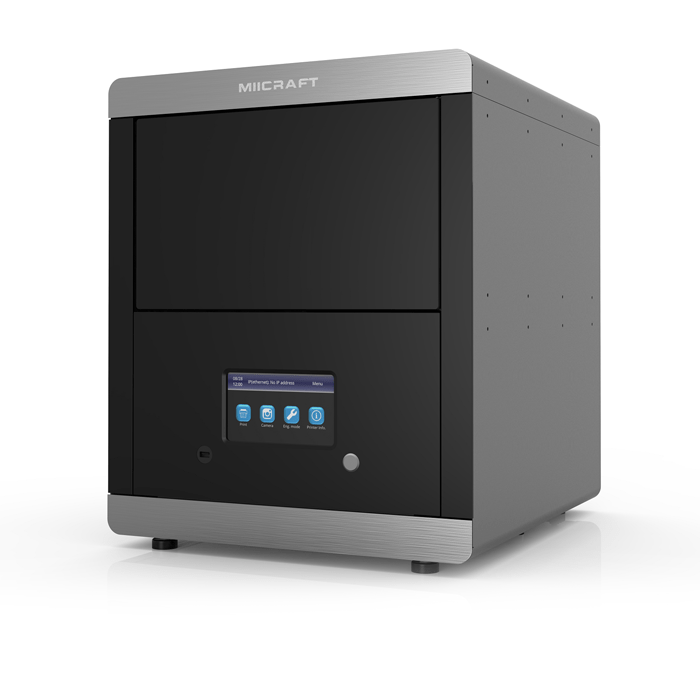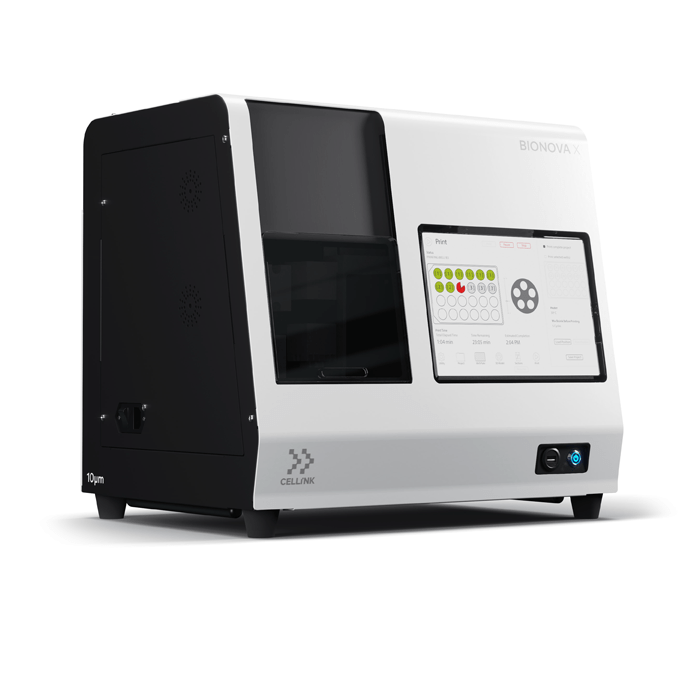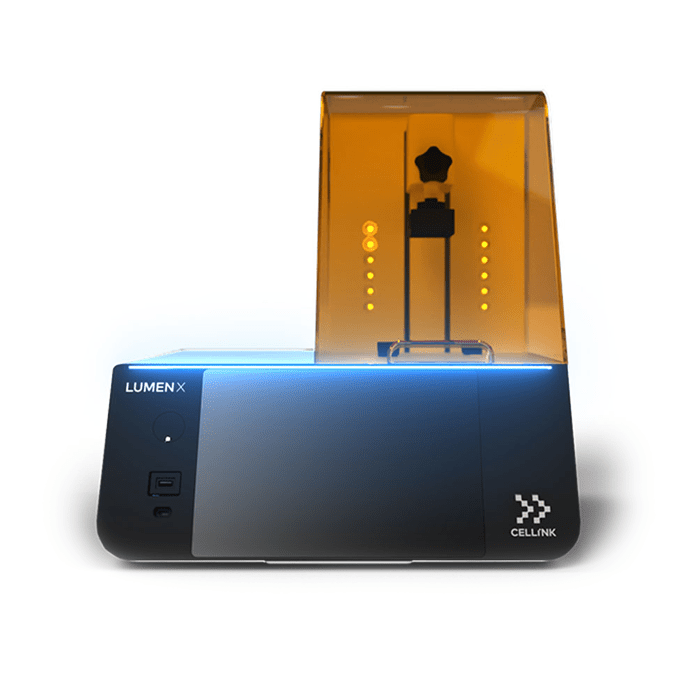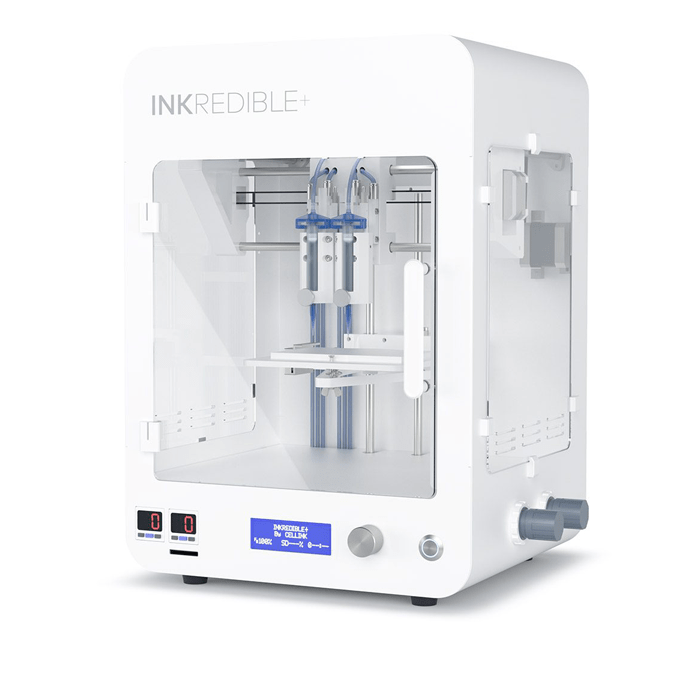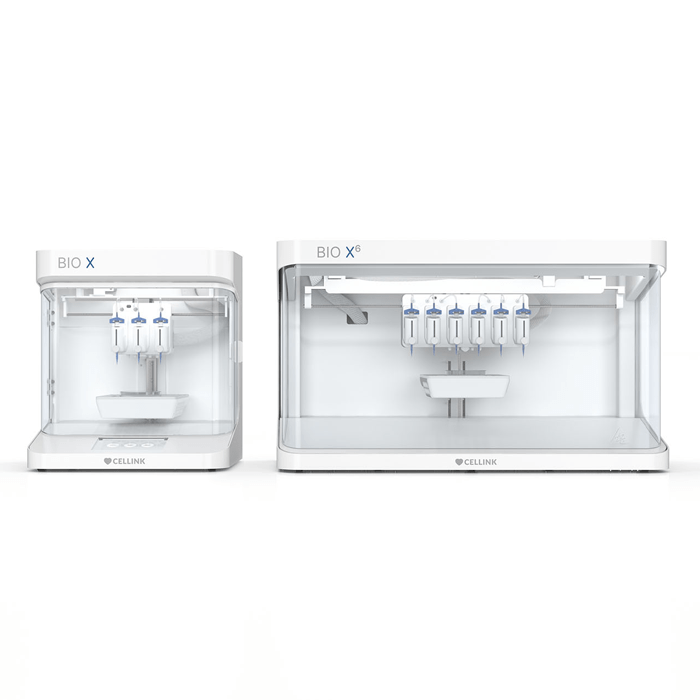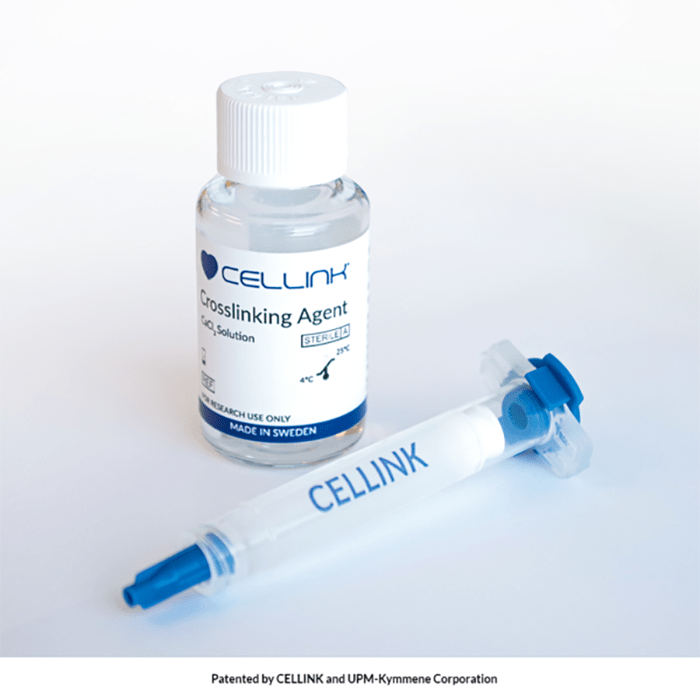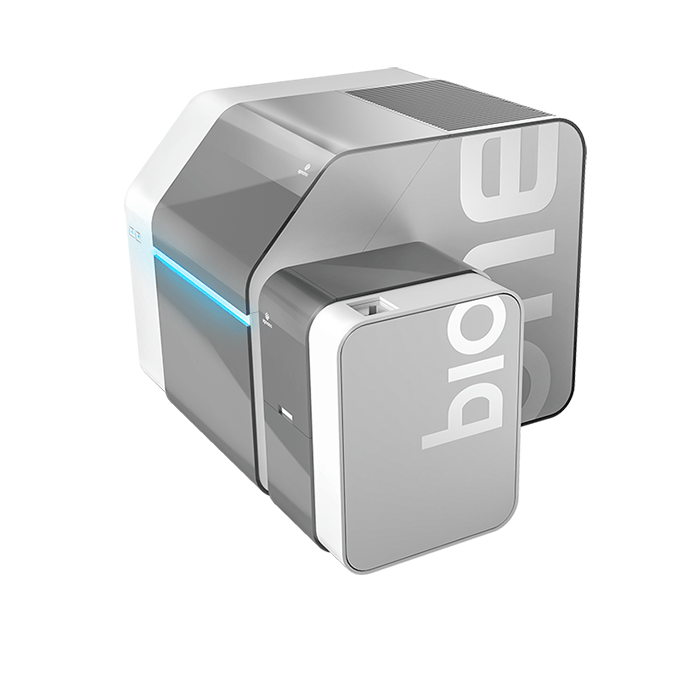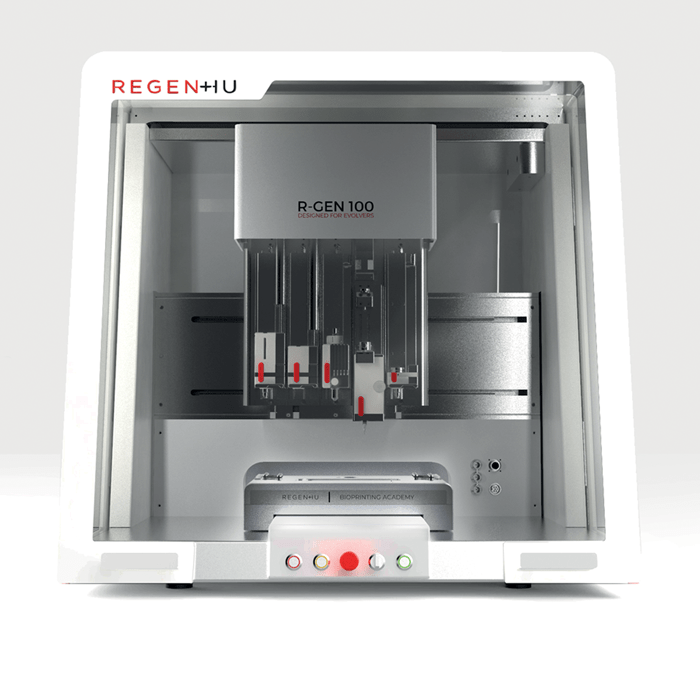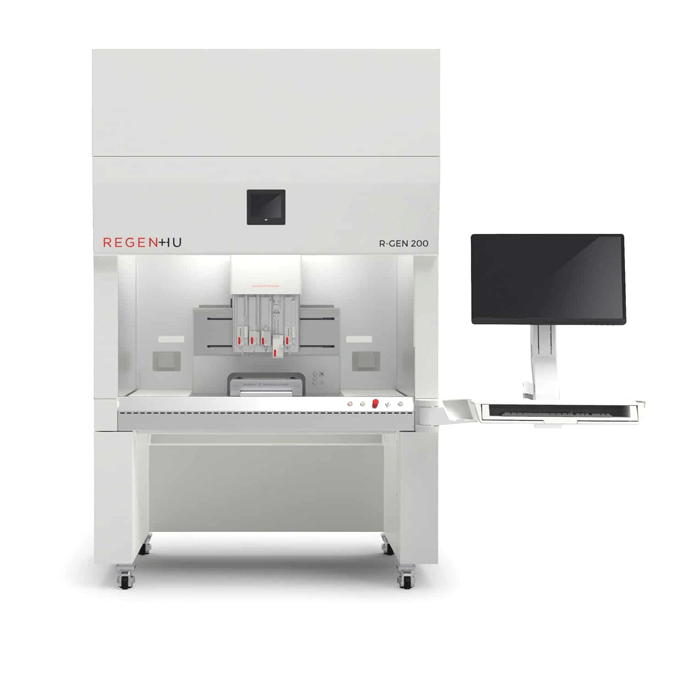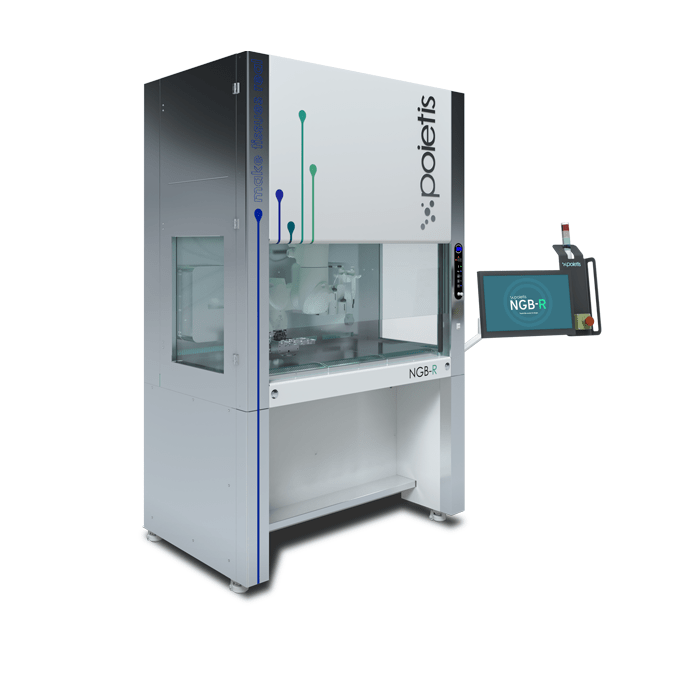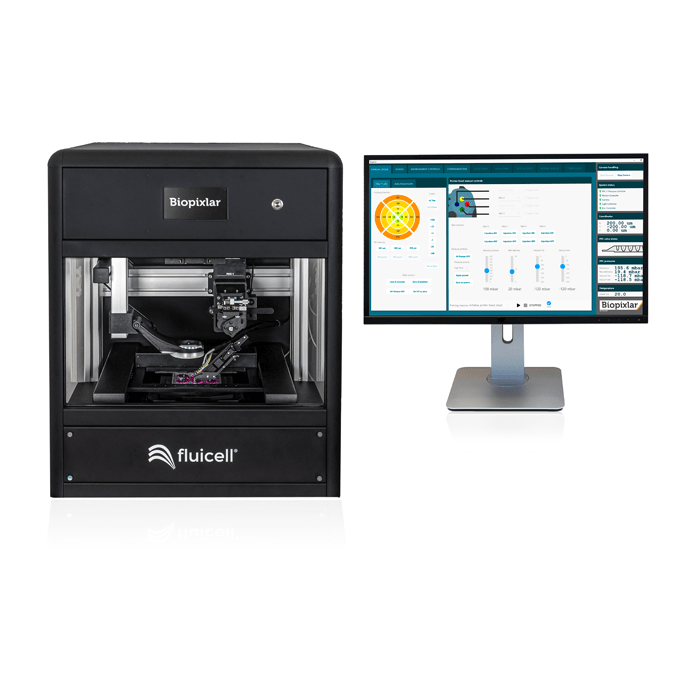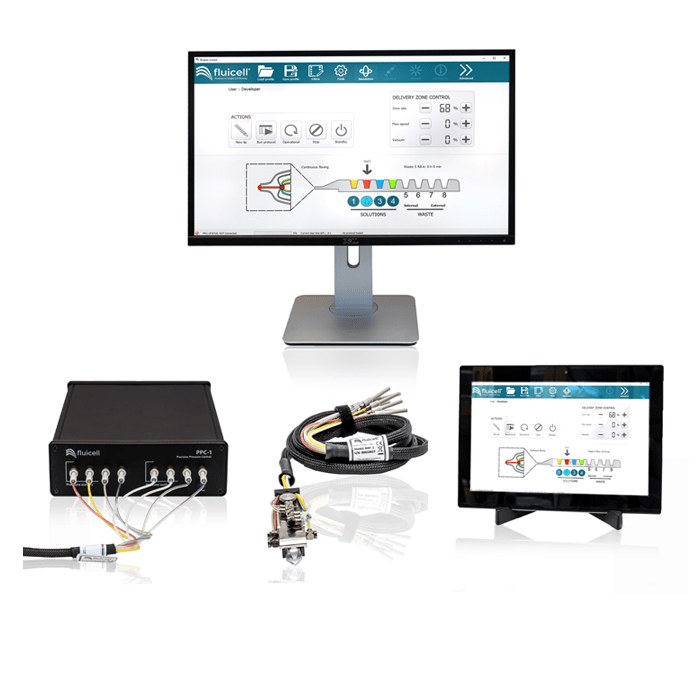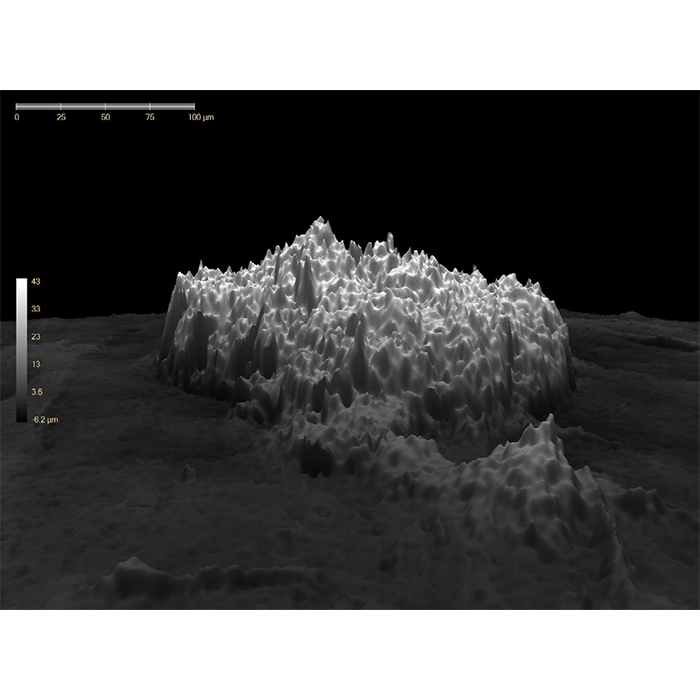
Fluicell Biopixlar AER
Compact Microfluidic Bioprinter

A compact microfluidic bioprinting platform that fits into your fume hood or biosafety cabinet
-
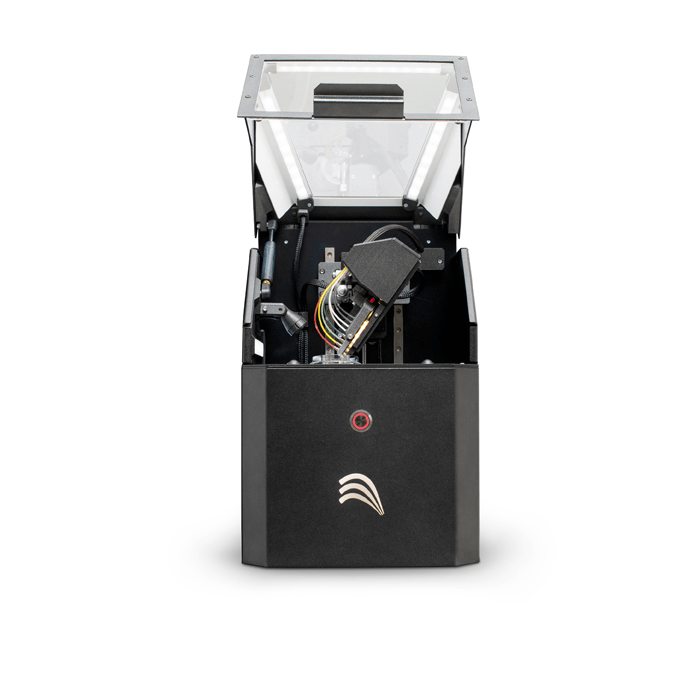
Key Features
- Single-cell resolution - Fluicell’s open volume microfluidic technology that gives you full control over the bioprinting process
- Low sample volume – Requires only 30 µL making it ideal for uses involving patient derived material
- 95 % cell viability – Cell-friendly environment requiring no bioink and open volume bioprinting technology
- High precision and reproducibility - Exchangeable microfluidic printhead lets you deposit cells right where you want them with µm precision
- Built for challenging conditions – Thanks to automation and remote control capabilities
- Compact design – Easily fits in a laminar flow hood or biosafety cabinet
- Integrated microscope – Allows you to observe the printing process in real-time
The Biopixlar family of bioprinters let you position cells in three dimensions with high precision. Using Fluicell’s innovative microfluidic technology, Biopixlar AER is capable of generating detailed, multi-cellular biological tissues, directly in native cell culture media.
Printing with Biopixlar is performed directly in culture media using open volume microfluidic technology, minimising the mechanical stress on the printed cells resulting in 95% cell viability. With Biopixlar AER, it is possible to create everything from single-cell arrays to detailed biological tissues.
Applications
The innovative Biopixlar AER platform allows researcher to print everything from single-cell arrays to detailed biological tissues. This empowers researchers to create tissues for research, drug development and regenerative medicine and to push the boundaries of science.
Applications include:
- Precision medicine involving scarce and valuable materials, such as applications in personalised medicine using patient-derived material
- Drug development
- Regenerative medicine research
-
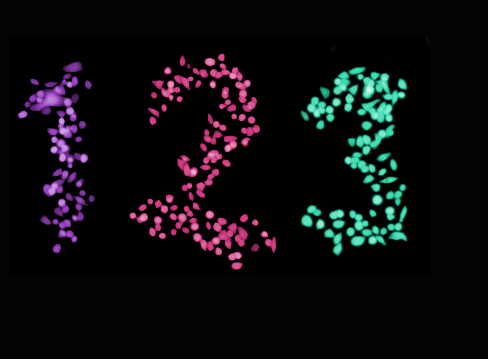
Multicellular Tissues
Using Biopixlar AER’s disposable microfluidic printhead, you can print up to three different cell types using a single printhead. Printheads can be changed out during the print run allowing you to add additional cell types.
Switching between cell types is trivial task that can be accomplished effortlessly via the Biopixlar Wizard software or the gamepad interface.
-
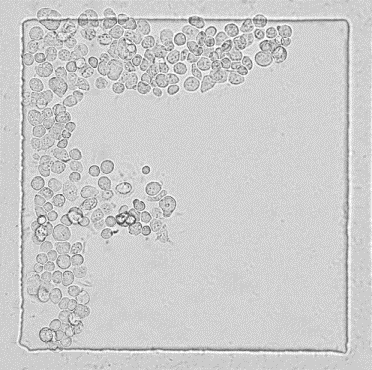
Precision Medicine
Fluicell’s bioprinting technology that requires tiny sample volumes/consumption make it ideally suited to applications where samples are scarce or extremely valuable e.g. patient-derived samples. Using this system, you can develop precision medicine applications such as patient specific disease models or tailored drug efficacy and toxicity evaluation based on bioprinted patient-derived cells.
-
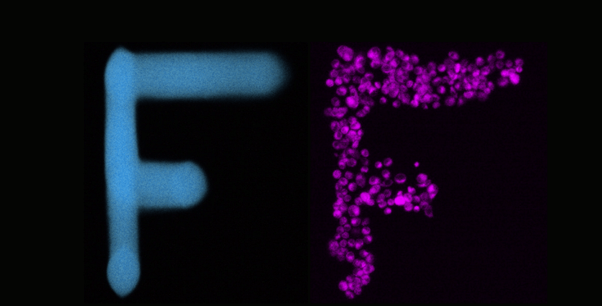
Research Models
The Biopixlar is a versatile performer that will enable you to create detailed organ models, 3D cell cultures or single-cell arrays. Furthermore, microfluidic bioprinting in native cell environment ensures high cell viability and creates physiologically relevant conditions, promoting higher data quality.
Some examples of what you can create include in vitro:
- Liver
- Kidney
- Pancreas
- Cardiac models

- All
- Additive Manufacturing
- Biological Microscopy
- Bioprinting
- Cell Culture
- DLP Bioprinters
- Extrustion Bioprinters
- Fluorescent Microscopy
- Microfluidic Bioprinters

